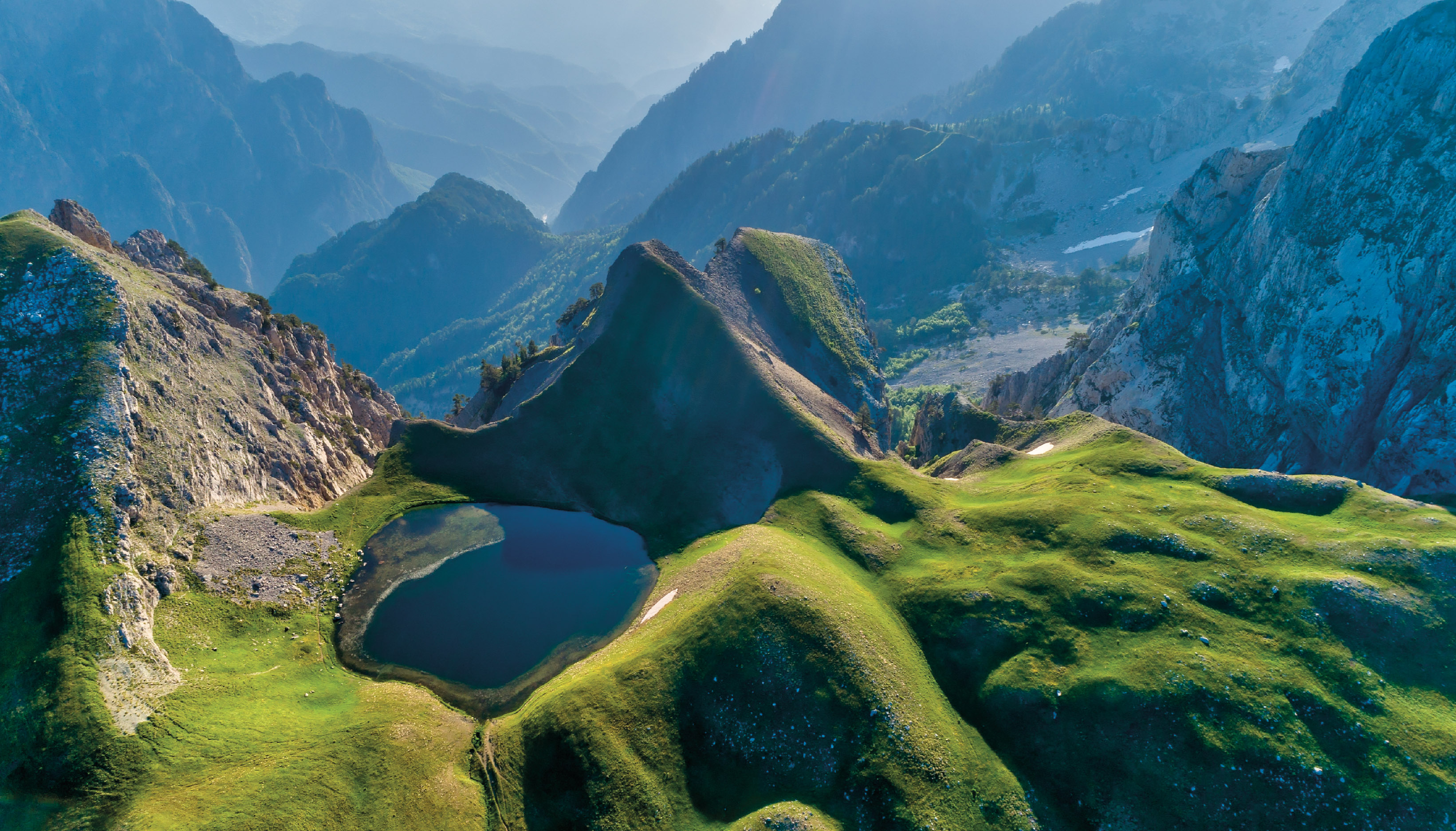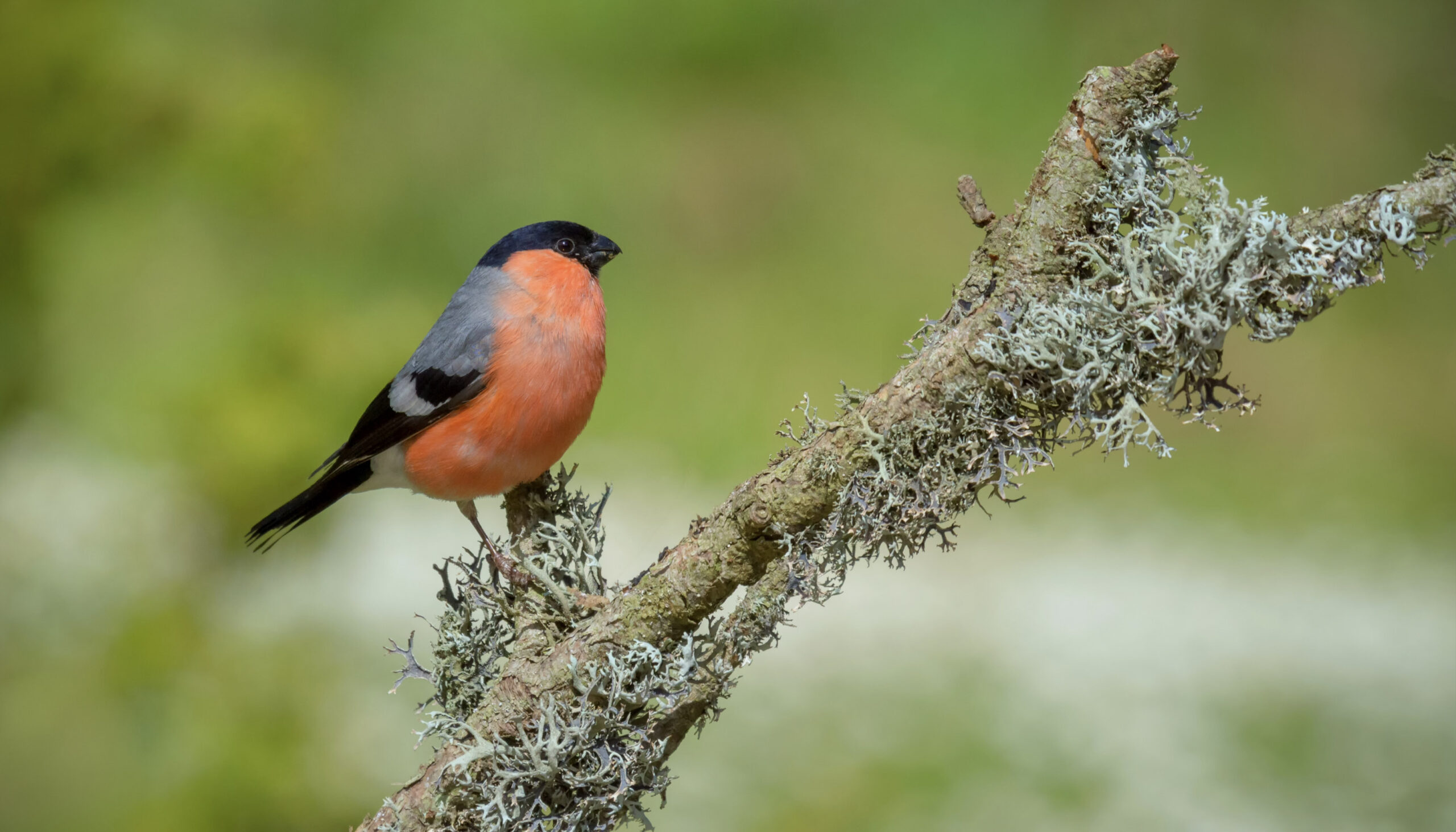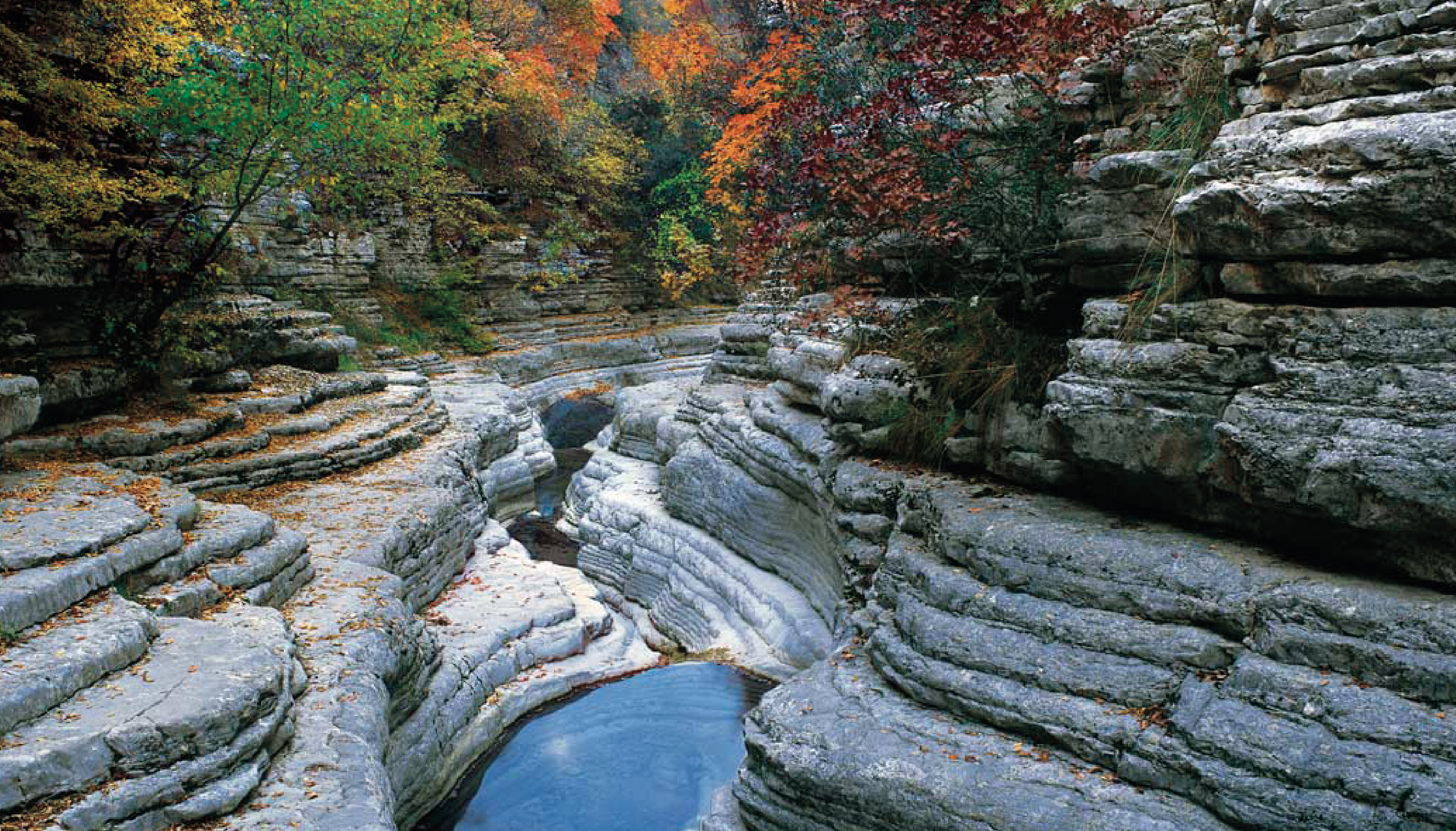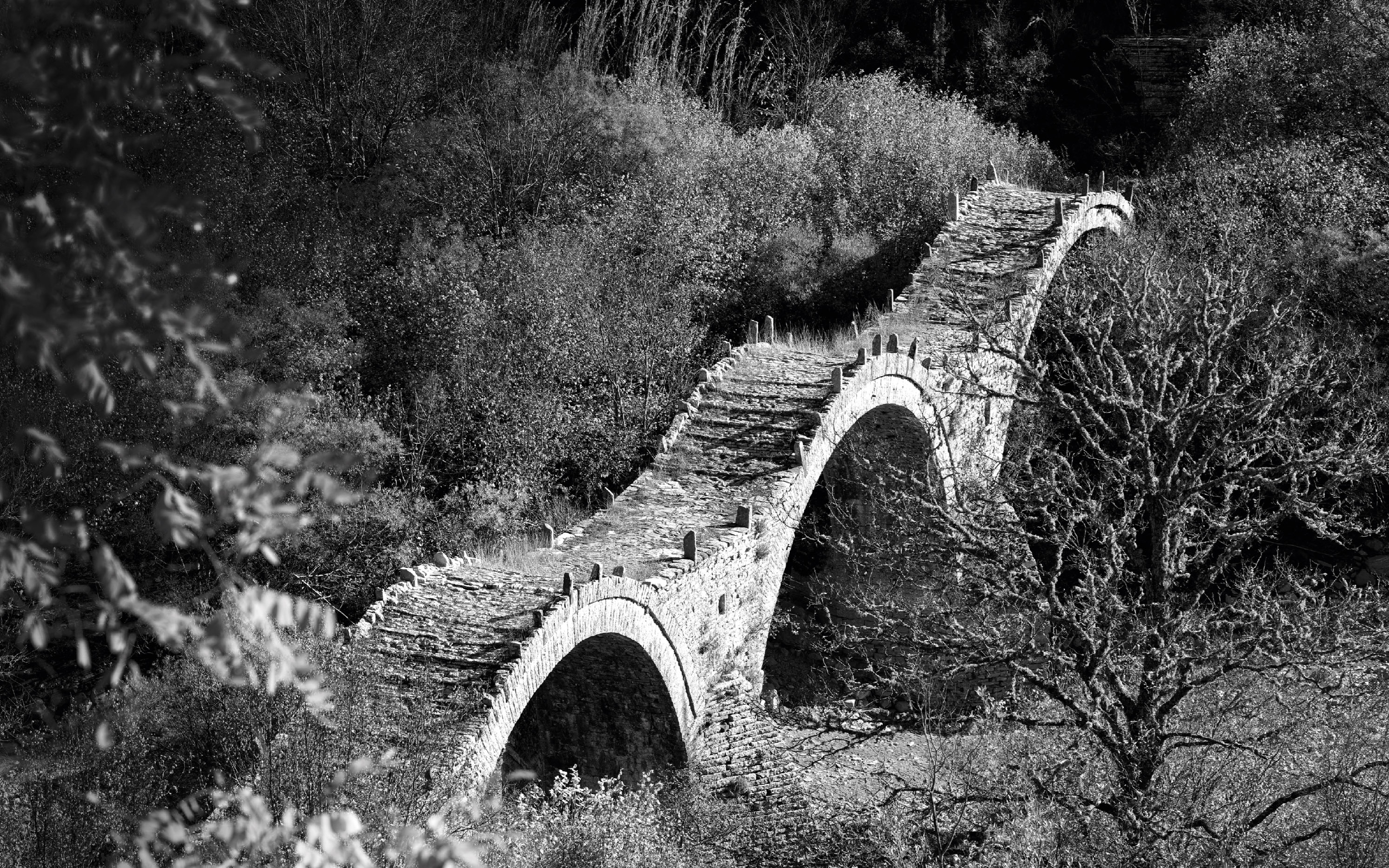Natural environment
At altitudes above 2,000 metres, extreme weather conditions and long-term seasonal grazing over thousands of years have contributed to the absence of trees. A little lower down there are sporadically Bosnian pines, while a little lower down, stinking and Grecian juniper scrublands or rarely tree stands, can be found in rocky slopes. Fir forests, in few locations beech forests and expanded black pine forests characterize mainly the eastern part of Zagori. In the shelters of the Vikos gorge there are also species that prefer milder temperatures. In a few special places there are the very rare and limited in distribution ravine forests and along the rivers oriental plane trees riparian forests. However, the most characteristic and most directly shaped by humans ecosystems are the oak forests and tevergreen prickly or kermes oak scrublands, rarely in tree form, which grow in the zone where most of the settlements are built.





